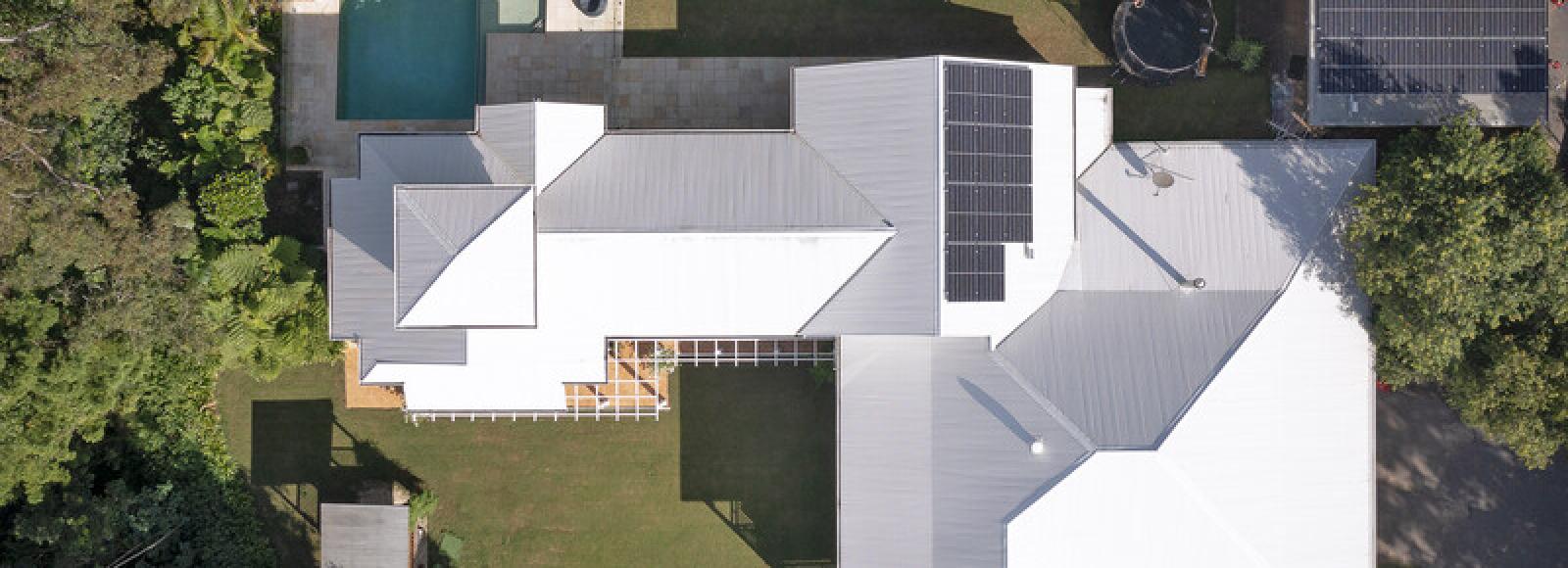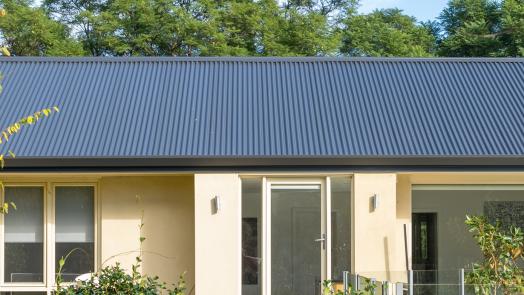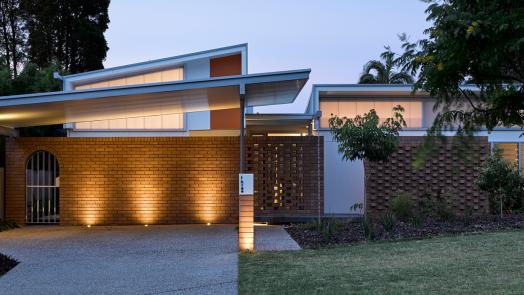
As well as doing the ‘fun stuff’ like selecting the rooms and layout, materials, finishes and fixtures, prospective homeowners should also give thought to some other functional aspects of their build, such as roof design and style.
In recent years there have been notable shifts in weather patterns across some areas of the country, highlighted by the recent heavy rains across most of the eastern seaboard. An increase in heavy rain should have us more closely considering what the most appropriate roof design and style is, to better handle these large water volumes.
Looking at the building and roofing styles favoured in the tropics – both in Australia and among our northern neighbours – the most widely used designs favour a Dutch Gable or Gable roof. Think of the classic Queenslander or the Heritage buildings of the inner suburbs of Sydney, Melbourne, and Adelaide.
There are several benefits to having a high gable design. When combined with the correct ventilation, such as that provided by VENT-A-ROOF®, a cooling airflow is more easily achieved with this design, while reducing the chance of mould caused by condensation. For those who may be unfamiliar with it, VENT-A-ROOF® is a unique passive ridge ventilation system that uses thermal principles to create natural and continuous air flow.
A further positive for the gable roof style is that the wide hips allow for deeper verandahs to be integrated into the home design, providing extra shelter from the hot sun and heavy rain.
Another good example of an appropriate roof design to suit the environment and location of a house is the skillion roof. This style of roof is characterised by a single slanting side coming down from the ridge – skillions have become quite popular in coastal environments in recent years.
A skillion roof normally has a lower pitch which helps reduce the overall height of the roof leading to a reduction in building materials and therefore saving costs. At the same time, the design still provides scope for generous eaves for shade and shelter.
Weather conditions still need to be considered when choosing a skillion roof. In high rainfall areas, a gentler pitch can mean there are challenges to properly disperse the water, to minimise the risk of leaks an appropriate roof drainage system needs to be applied using correct gutters and downpipes.
The choice of roof cladding is also important, and Lysaght offer several roofing profiles including KLIP-LOK, SPANDEK®, TRIMDEK®, ENSEAM®, SNAPSEAM® and IMPERIAL™ all of which are suitable on low roof pitches of 3° or less.
If you’re considering a slightly steeper pitched roof, your options broaden, with classic profiles such as CUSTOM ORB® corrugated entering the realm of possibility, with a minimum roof pitch of 5°.
No matter the style of roof or where the home will be built, give the roof greater consideration and chat with your builder or architect about the most appropriate LYSAGHT® steel roofing product to realise the vision.


